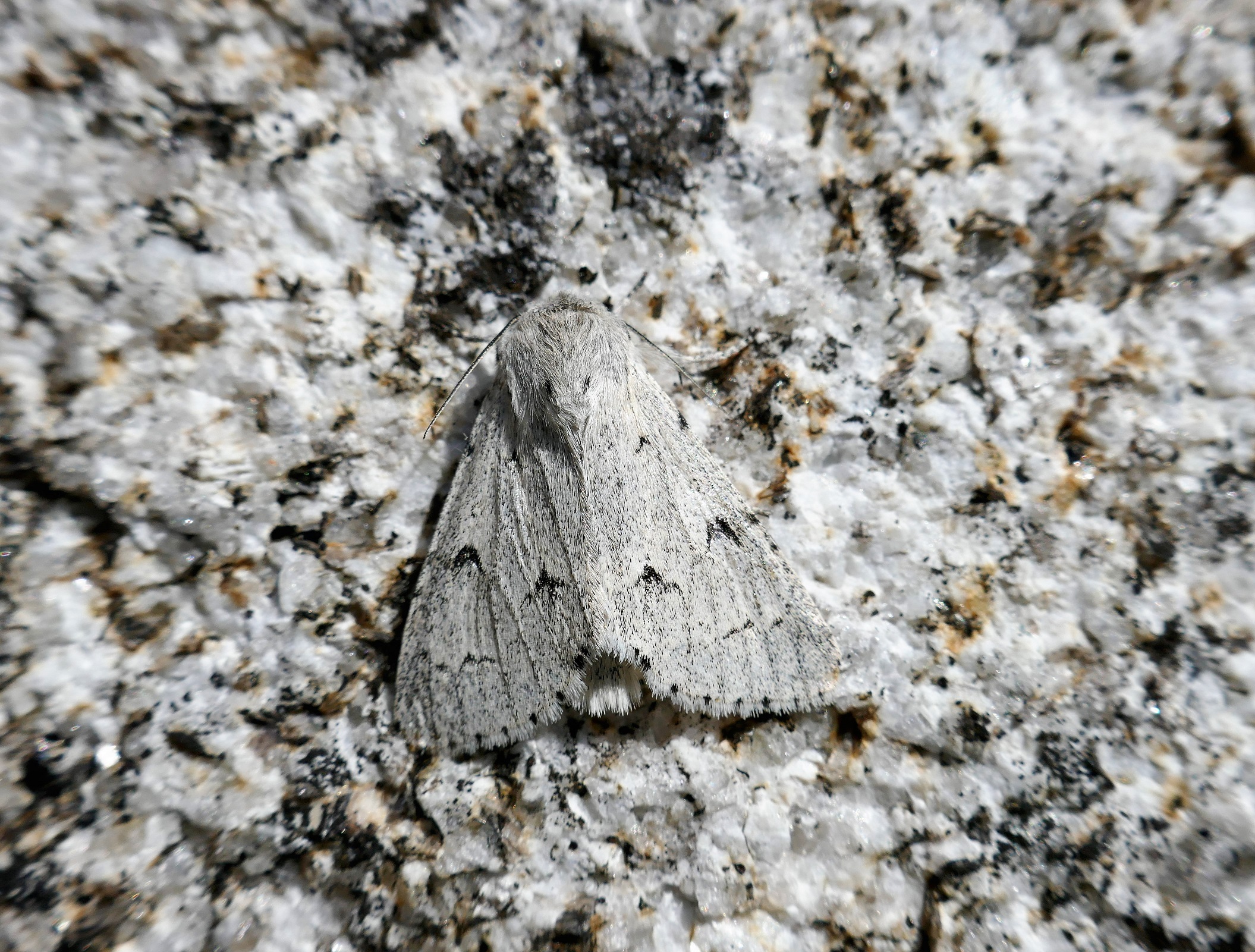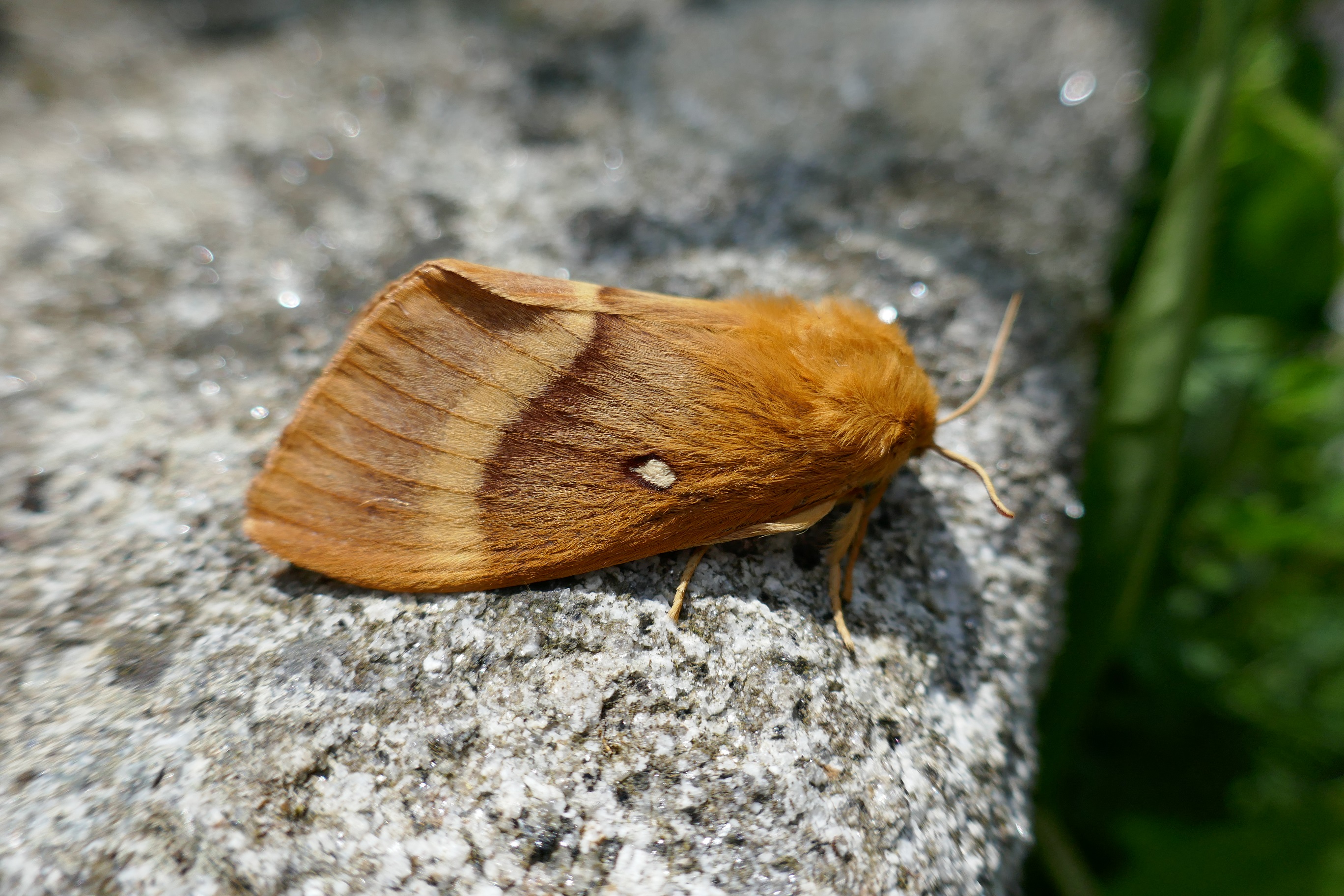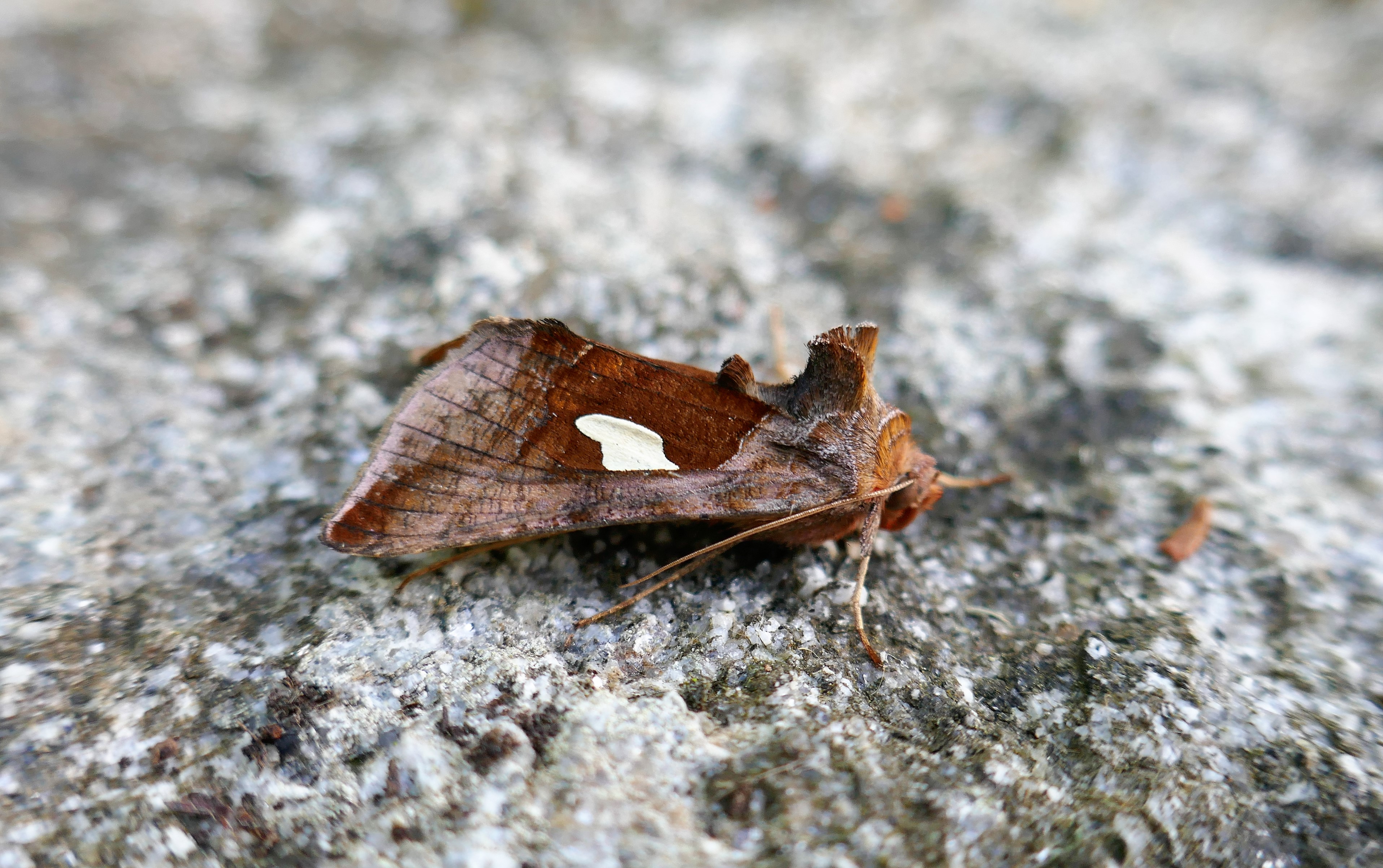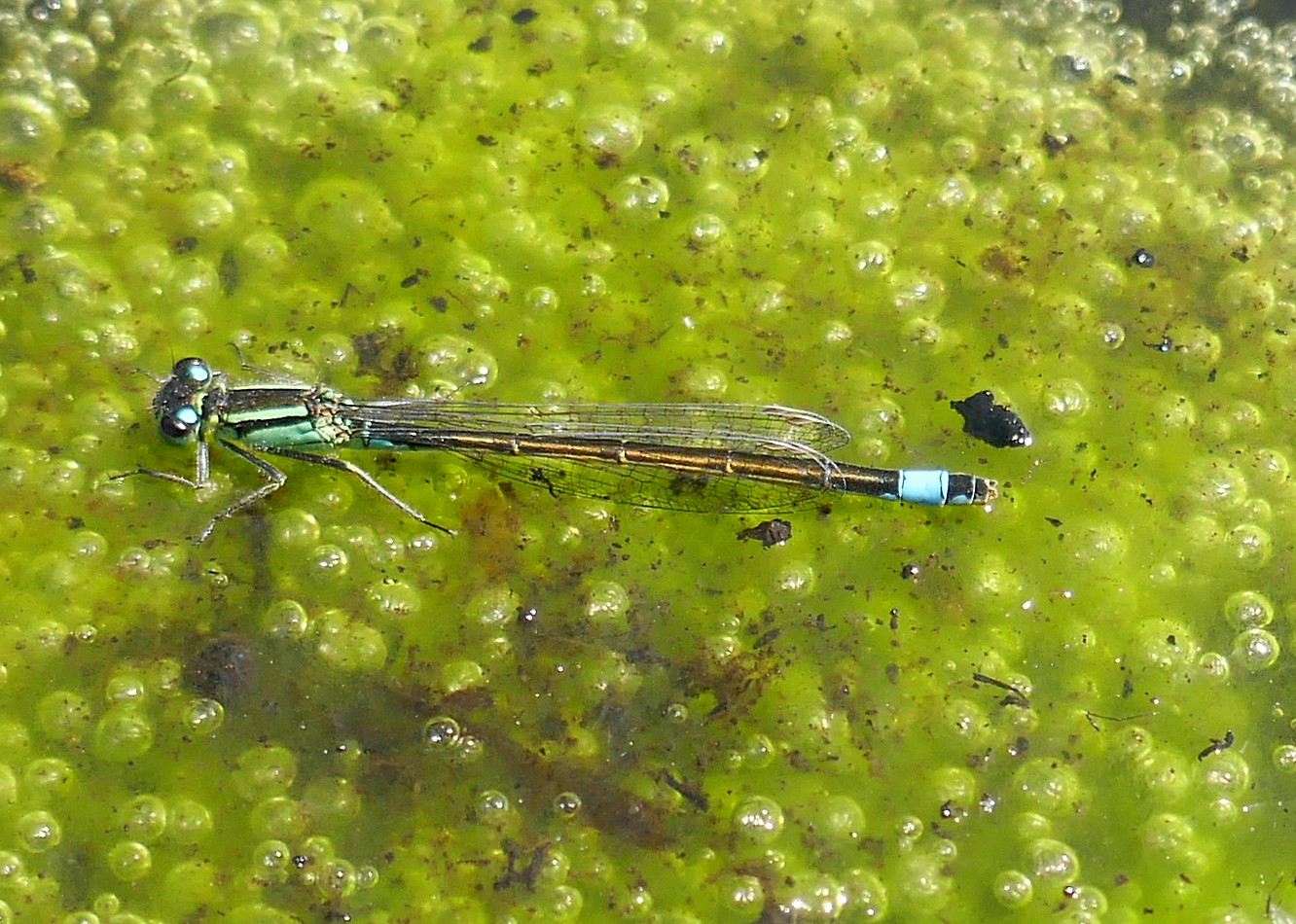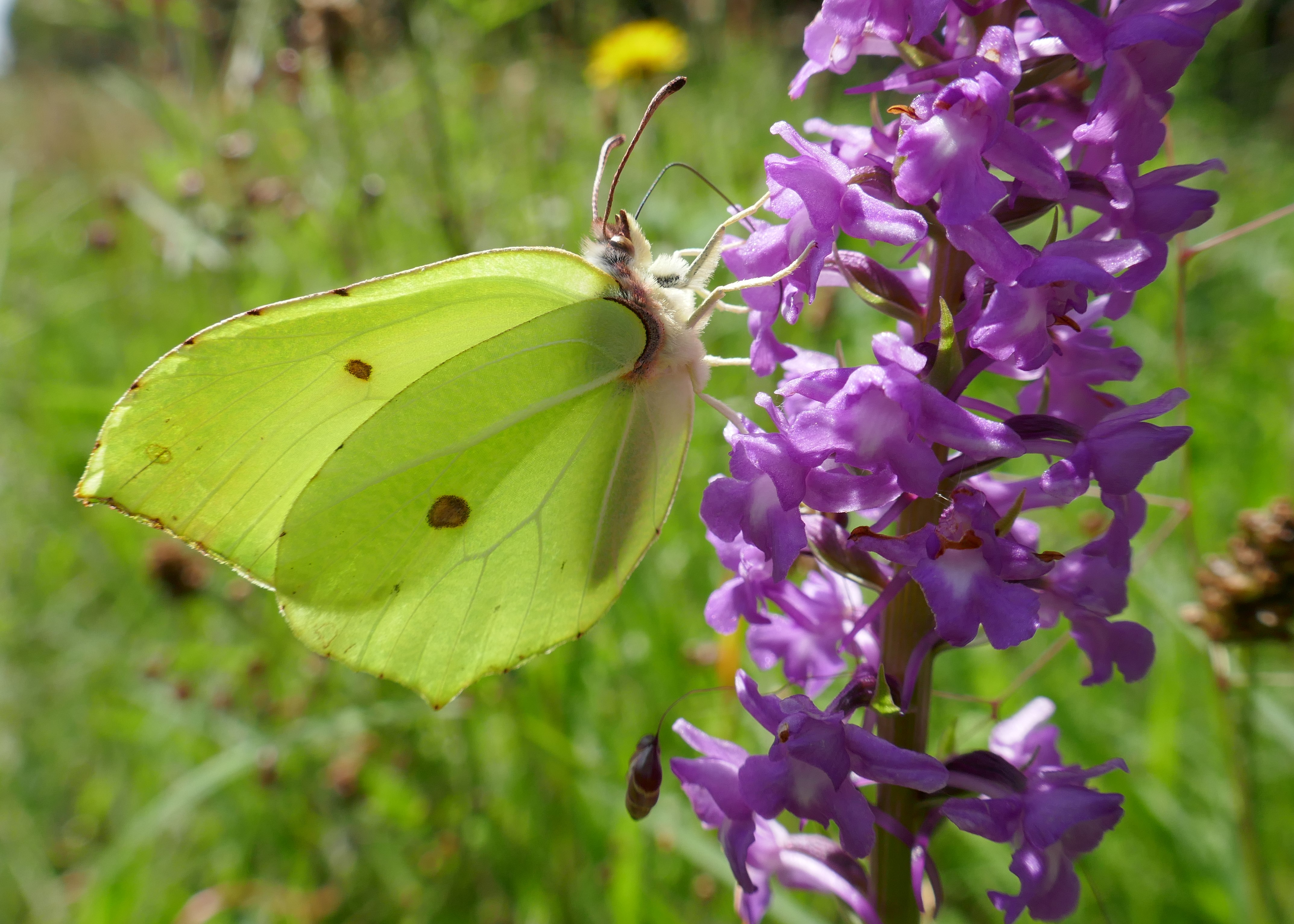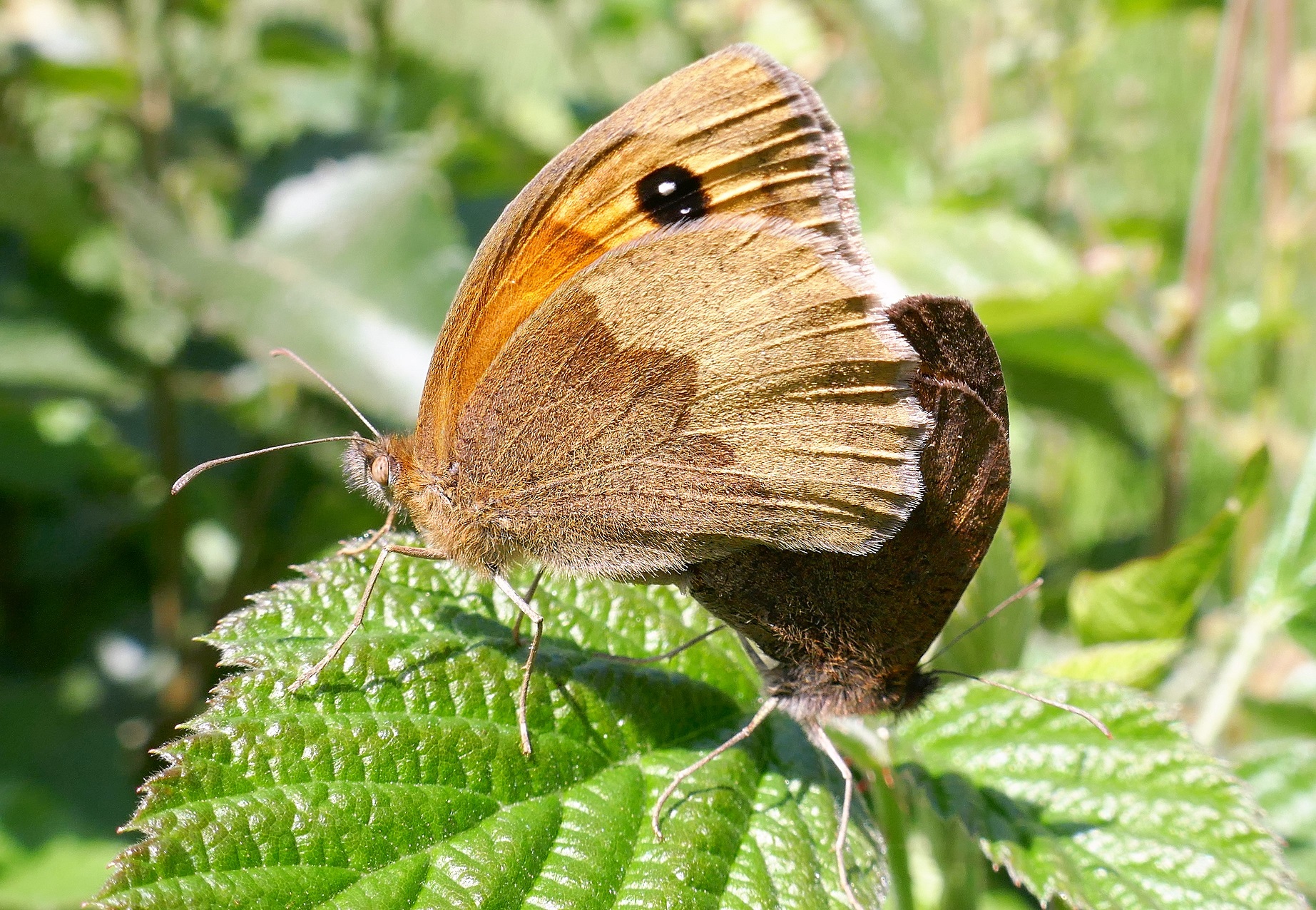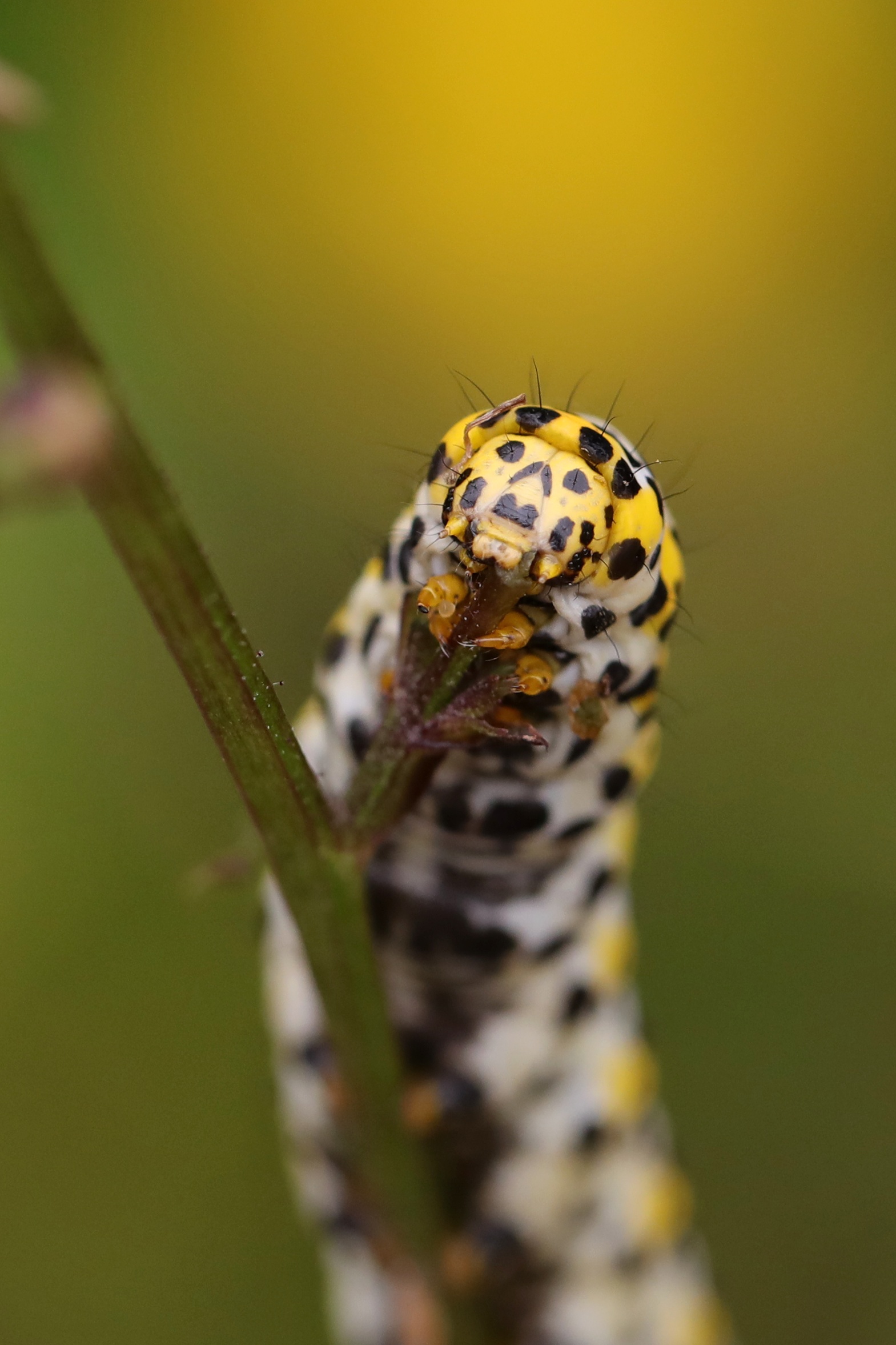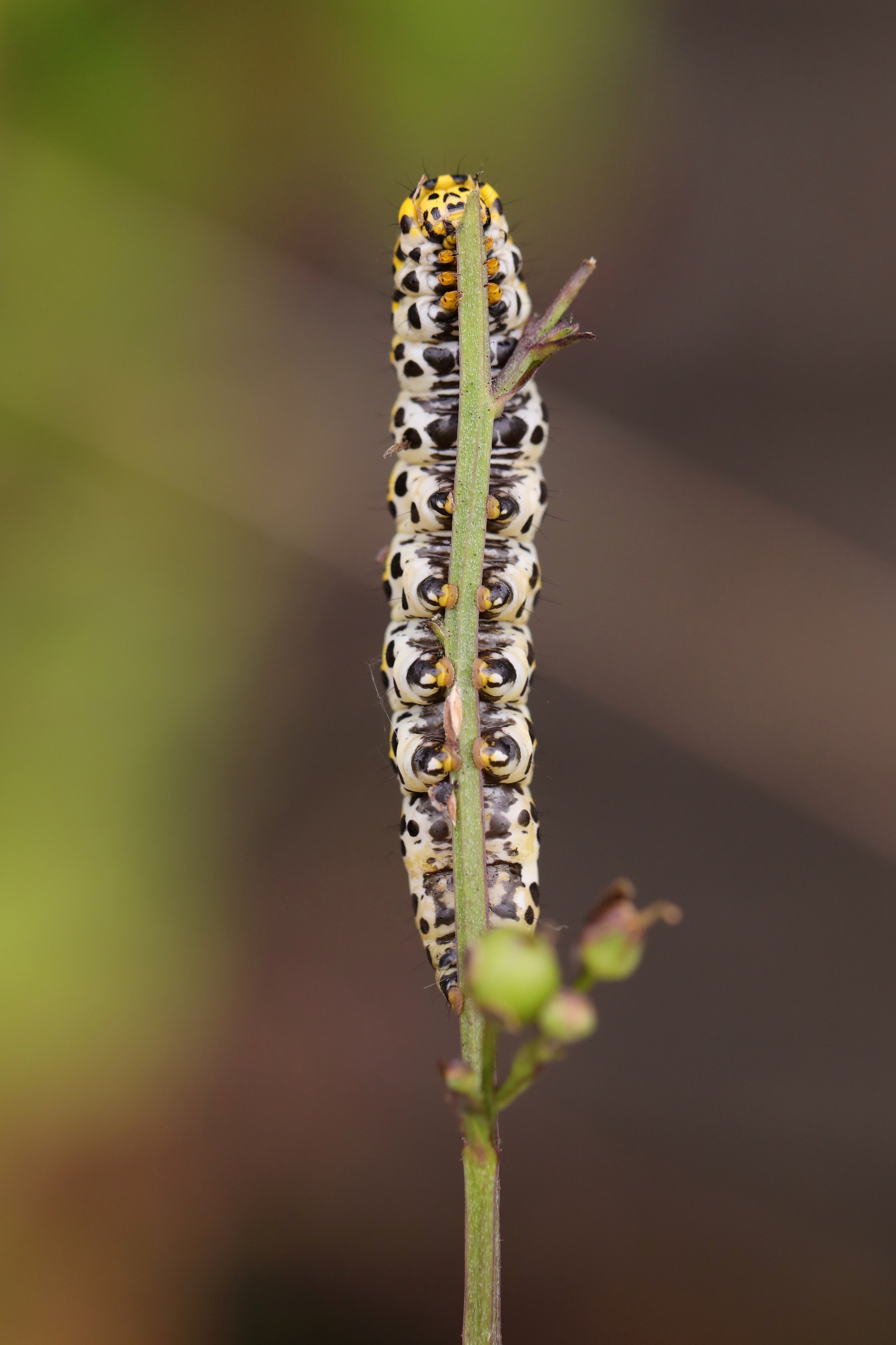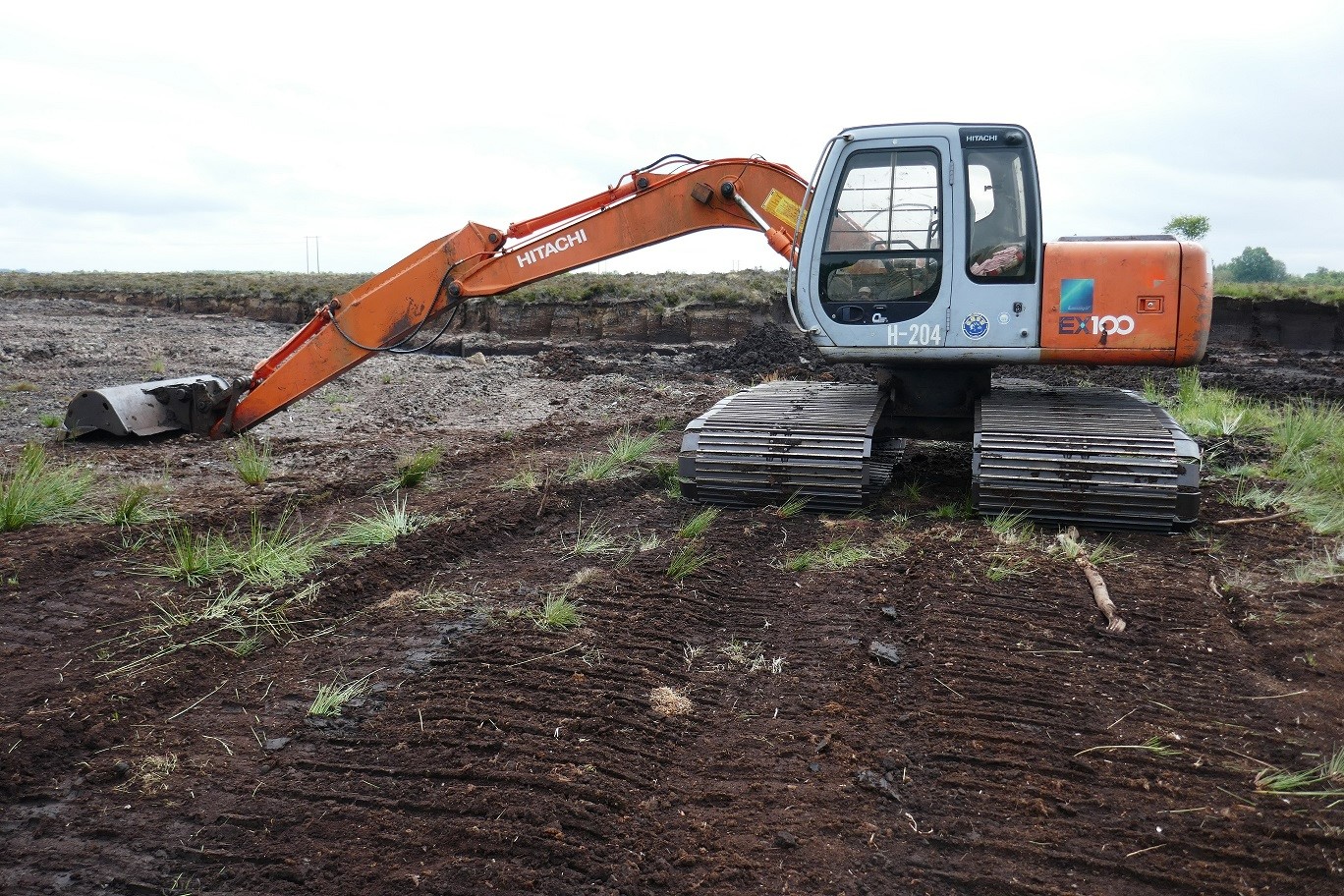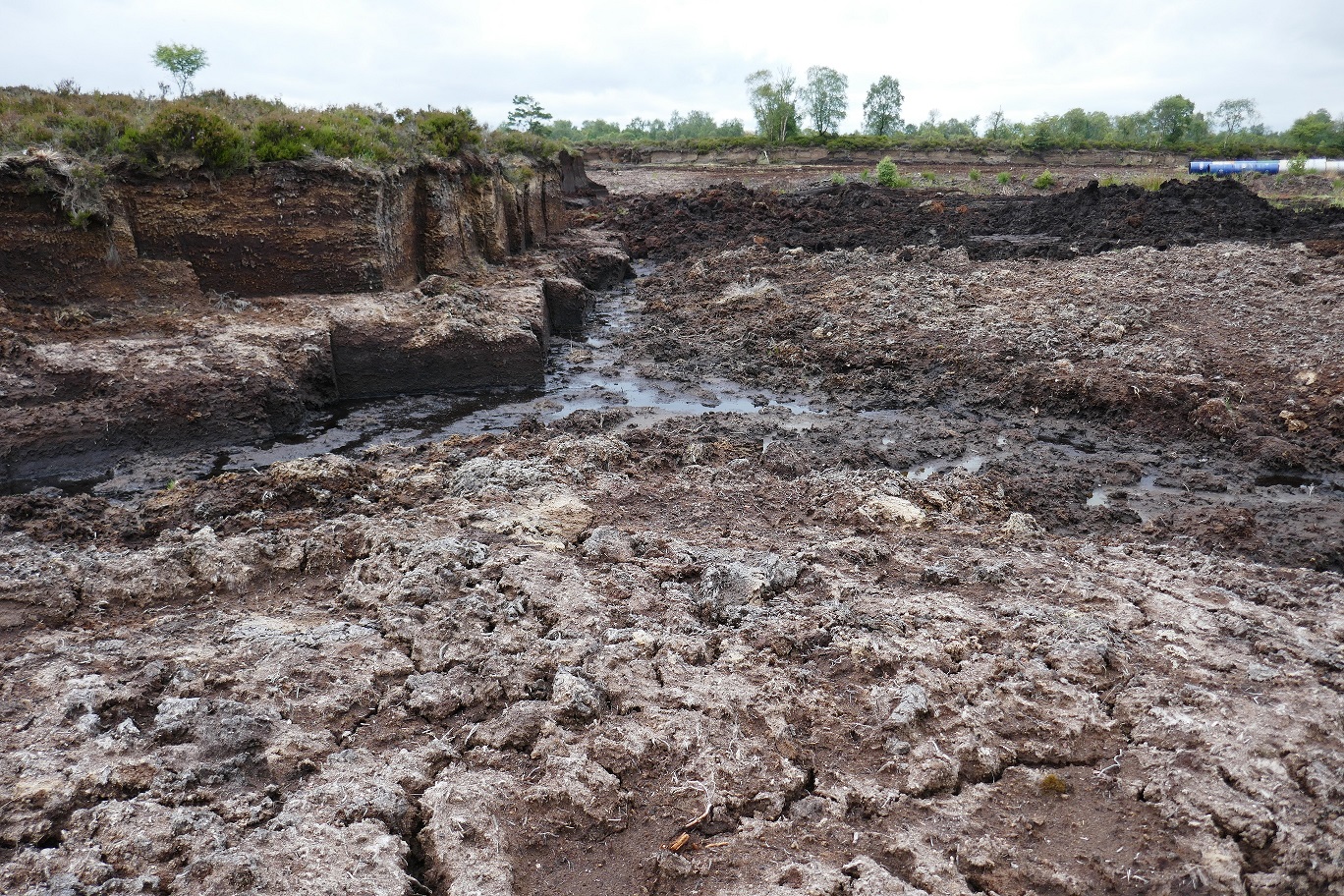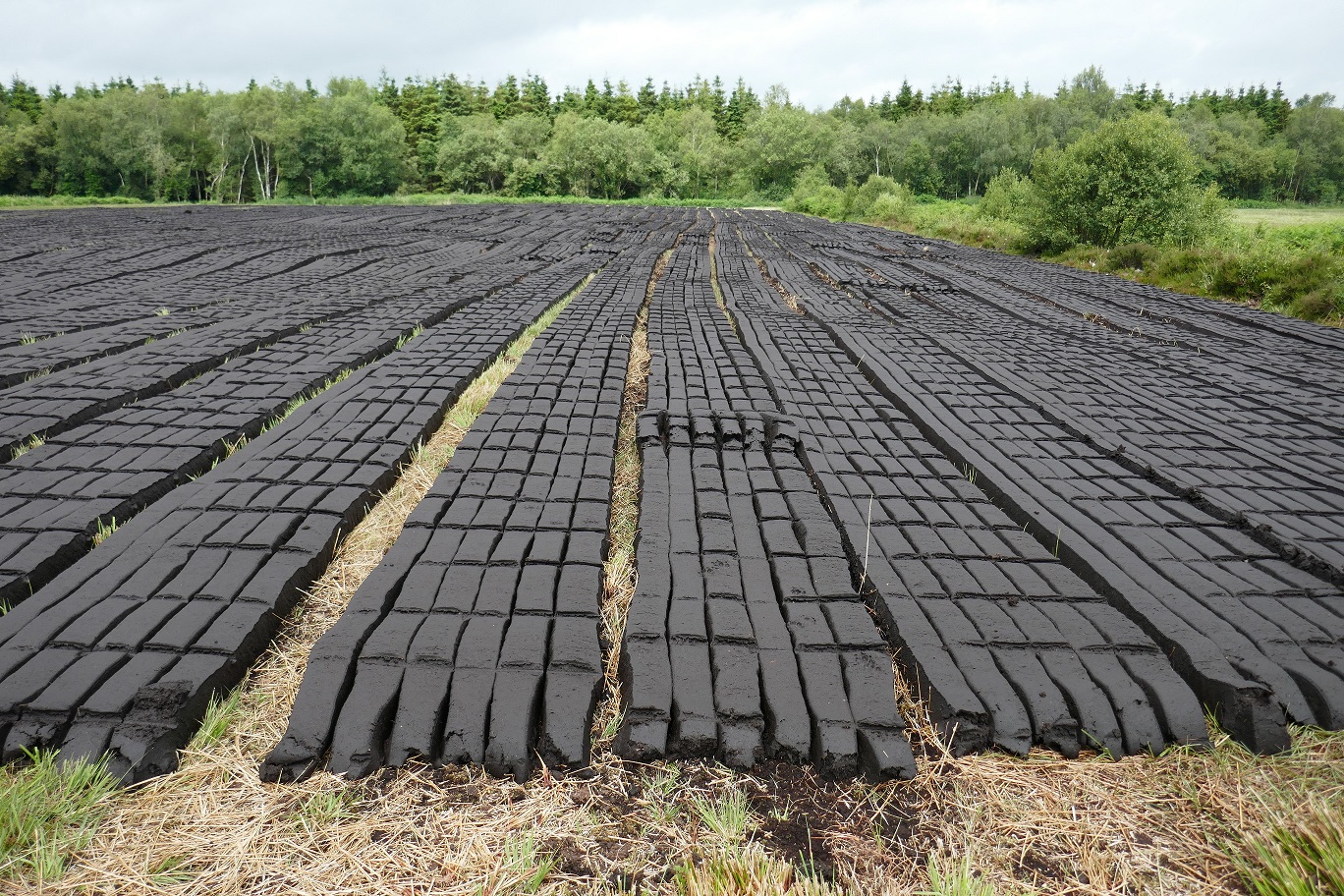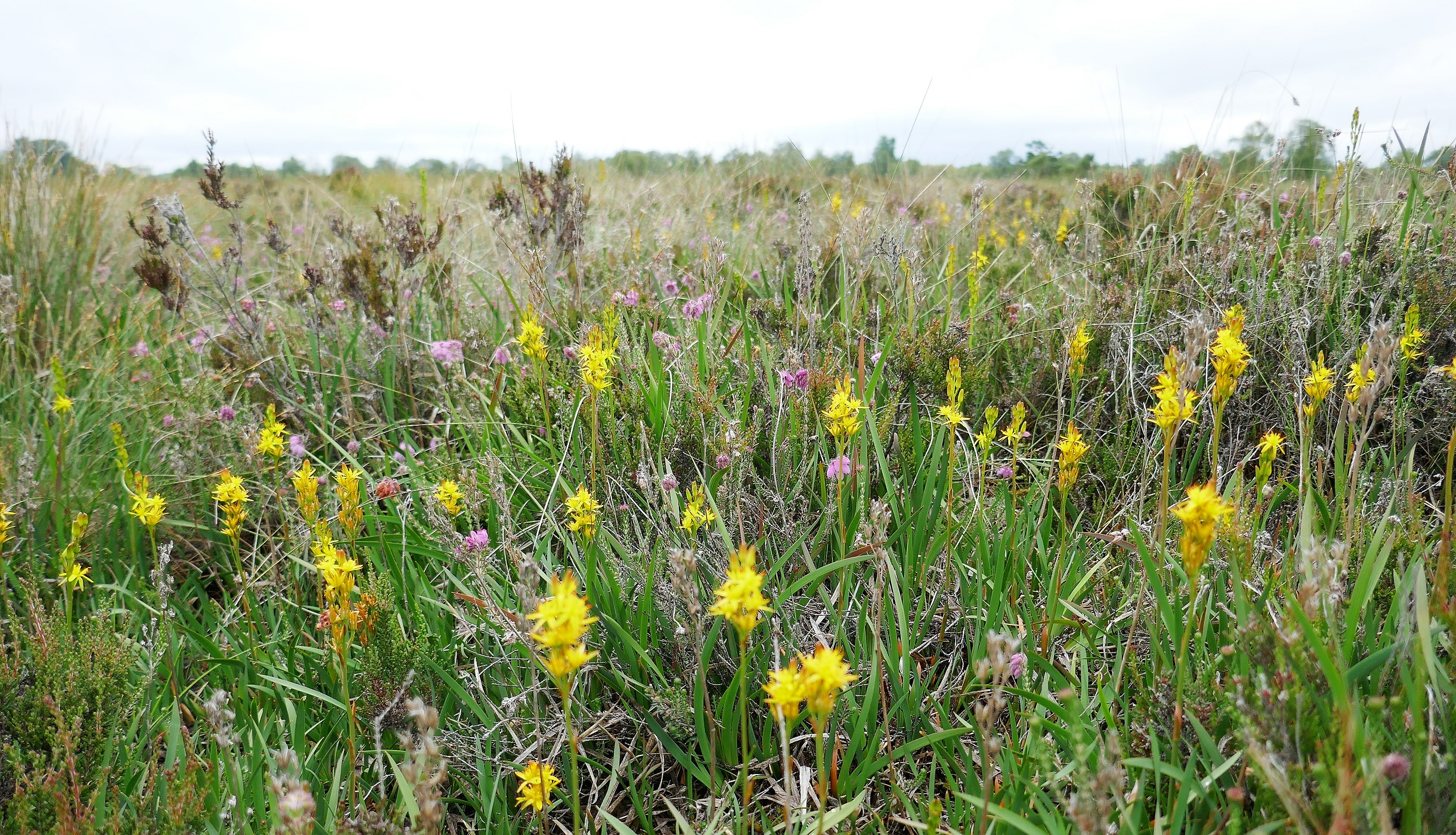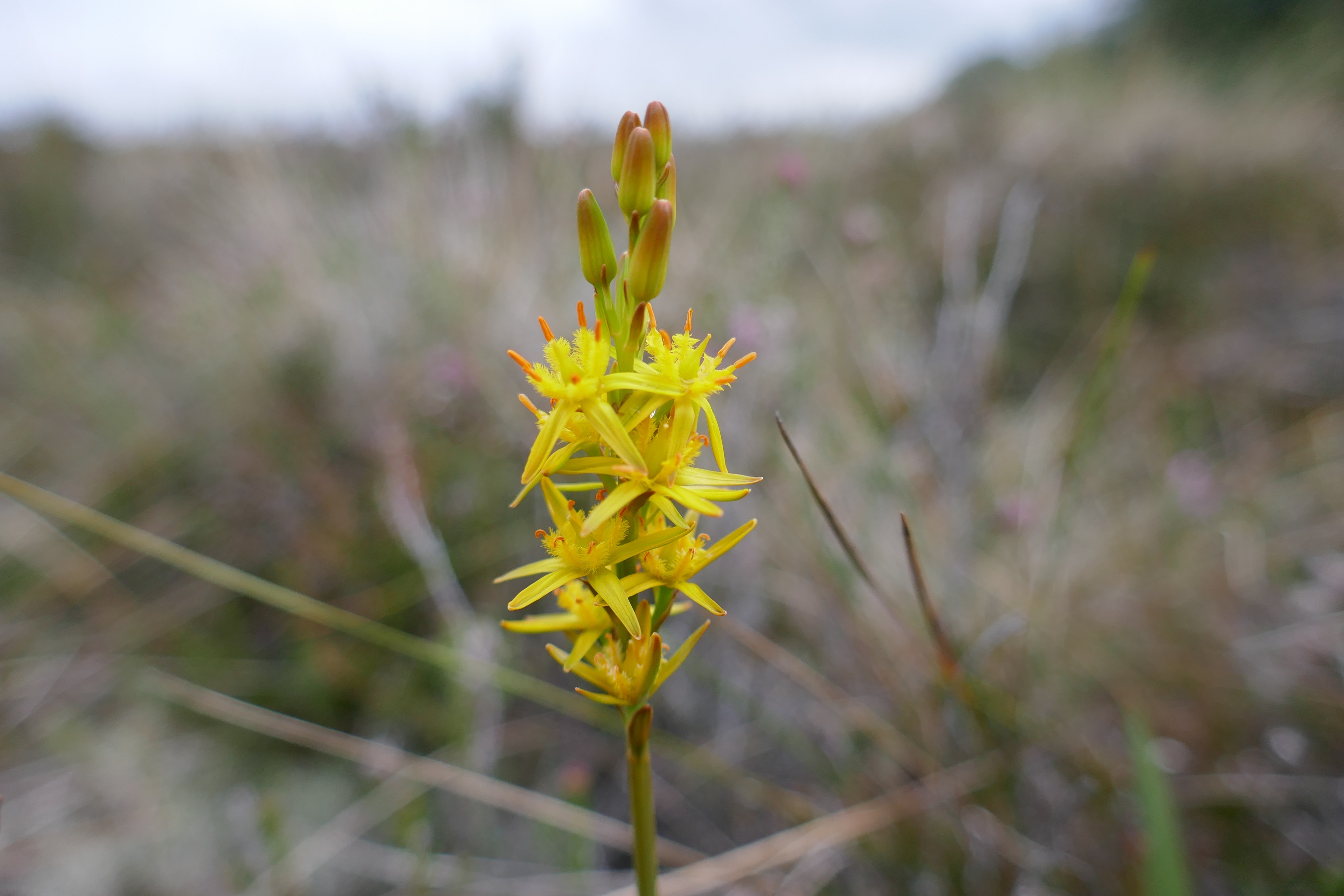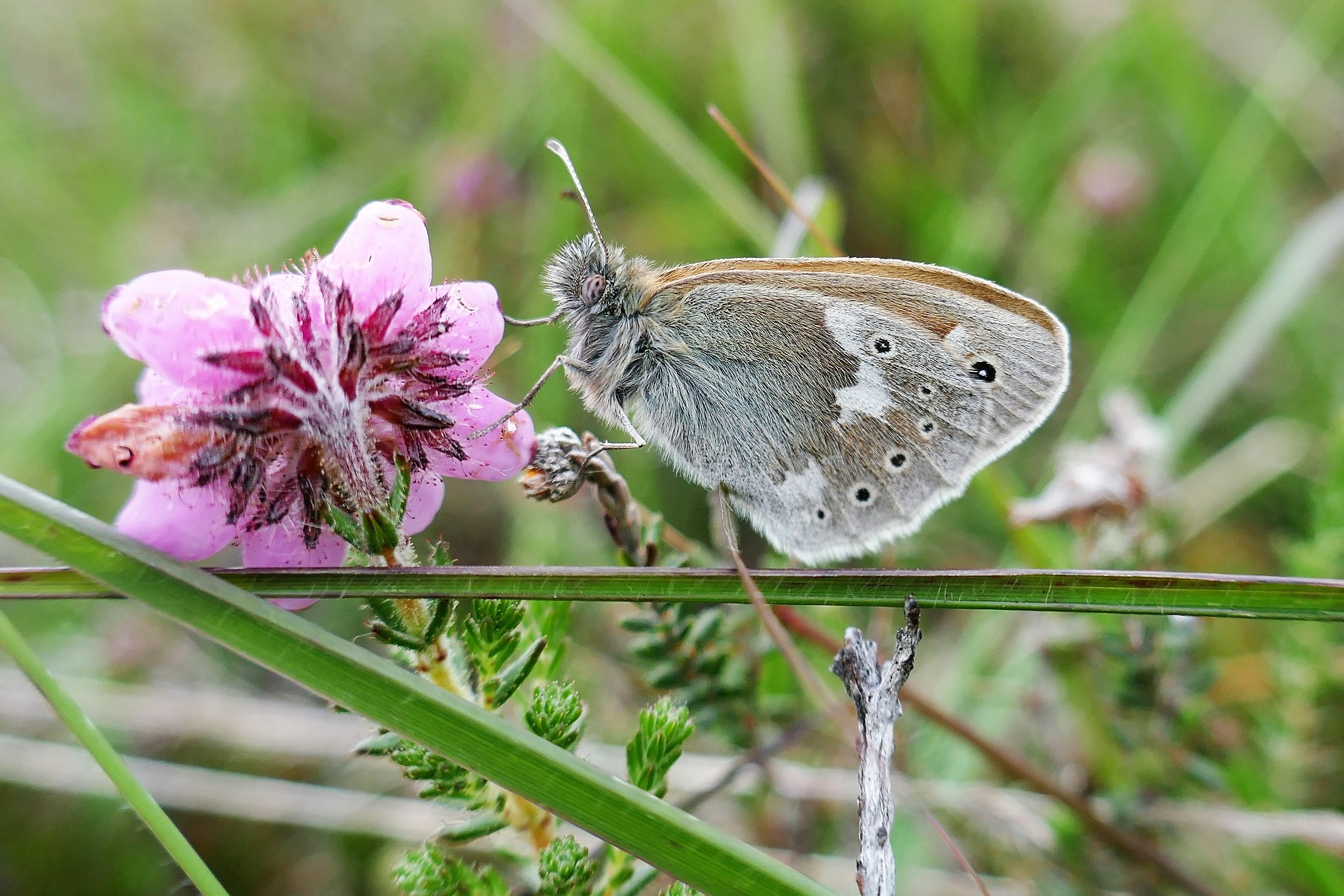The current very hot weather is welcome in some ways. Heat is very beneficial for many adult butterflies although you might not think so from the way they disappear when it is very hot. They retreat to cover during extreme heat to avoid overheating and death. Drought (15 days with a combined total of <0·02 mm of rain with each day on top of this being counted as an extra day of drought) which can occur during prolonged extreme heat in Ireland is beneficial for the butterfly eggs of some species but not for adult butterflies and not for the larval stage of multi-brooded species during their second larval stage. However, drought is not regarded as having a very significant impact on butterfly species although butterflies may be more sensitive to more extreme drought conditions than those defined above. However useful heat may be in summer, extreme heat in winter has proved harmful to some species.
A study by McDermott Long et al. 2017 that looked at the effect of extreme climate events concluded that butterflies could potentially benefit from increasing temperatures in the UK (and Ireland) in the future, but warmer and wetter winters and increases in severe weather events that have also been predicted (Defra 2009; Jenkins et al. 2009) could be detrimental to the survival of many of its butterfly species, and further research is needed regarding the balance of importance that these variables could have and whether the benefits of warmer summers will be outweighed by the harmful winter effects. Based on the results of this study, future conservation efforts hoping to mitigate against extreme climate events in the future should focus their efforts on the adult and overwintering life stages of our butterflies.
The best way to do this is to ensure that habitats are protected on a landscape scale and this requires very significant changes to the way we live. These changes will impact society, not just on farmers. But change is needed to protect our survival and the survival of our wildlife and habitats.
Changes are being proposed at EU level later in 2021 to address biodiversity loss and climate change and climate change impacts. This includes the EU’s Biodiversity strategy for 2030 (EU Biodiversity Strategy for 2030.pdf), which plans to enlarge existing Natura 2000 areas, with strict protection for areas of very high biodiversity and climate value and the EU aims to restore degraded ecosystems by 2030 and manage them sustainably, addressing the key drivers of biodiversity loss.
As part of this plan, the Commission will propose binding nature restoration targets by the end of 2021. The New EU Forest Strategy for 2030 (https://ec.europa.eu/info/sites/default/files/communication-new-eu-forest-strategy-2030_with-annex_en.pdf) is part of the EU Biodiversity strategy for 2030 and aims to protect, restore and enlarge EU’s forests to combat climate change, reverse biodiversity loss and ensure resilient and multifunctional forest ecosystems. It is interesting that the document notes that climate change is having damaging impacts especially in areas with mono-specific and even-aged forest stands. This is especially relevant in Ireland, where plantation forestry often consists largely of Sitka Spruce, with many areas simply a Sitka monoculture.
We have one of the highest rates of plantation forestry in the EU and the highest share of forest area dominated by introduced tree species, with large plantations of mainly Sitka spruce – native to North America – making up just over half of our entire forest estate. Other non-natives planted include Norway Spruce, Douglas Fir, Larch, and Common Beech (see https://www.thejournal.ie/spruced-up-pt1-5241271-Oct2020/).
Following a State-led plan in the 1950s and 1960s to plant in what was then seen as marginal land, much of it was planted on the very same peatlands and biodiversity-rich areas where remnants of our ancient native mixed-species forests have been discovered.
The latest data from the Forest Service – which sits under the Department of Agriculture (DAFM) – shows that Ireland’s forest estate is 71.2% conifers and 28.7% broadleaves.
The data highlights the dominance of conifer plantations where plots of trees of the same age are planted, thinned, and generally clear-felled after 30 or 40 years and then replanted.
According to the National Parks and Wildlife Service (NPWS), this form of forestry is one of the biggest pressures on EU-protected habitats such as peatlands, biodiversity-rich semi-natural grasslands, and wetlands and the species that depend on them.
To make matters worse, Government data sent to the European Commission in 2019 shows that managed forestry may be releasing more carbon than it takes in, partly due to drainage and planting on sensitive soils, especially peat soils.
In short, the way Ireland has planted forests is how not to do it. Will we ever learn? We will if the EU forces us to change. This, it appears, is what it takes.
To close on a lighter note, our warm weather is allowing our butterflies and moths, and other insects, to proceed with the business of living. These photographs were taken in the last few days. The warmth has resulted in such an explosion of moth numbers at my moth trap that bats have appeared to snap up the ones fluttering at roof height and below. A Wren entered my house looking for moths that entered when the windows were left open at night. Against warnings of doom, it is reassuring to see nature playing an intimate part in our lives and blurring the distinction between our external environment and internal spaces. Long may this continue.
Photographs J.Harding
